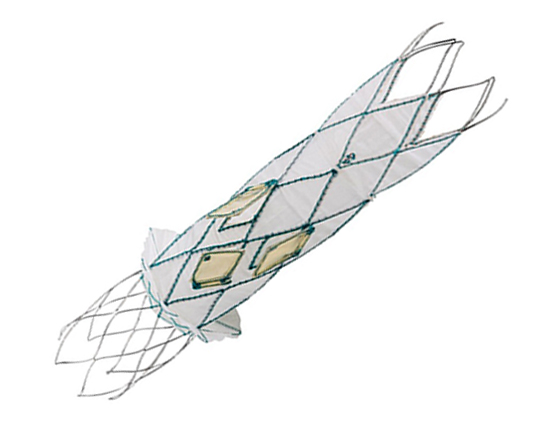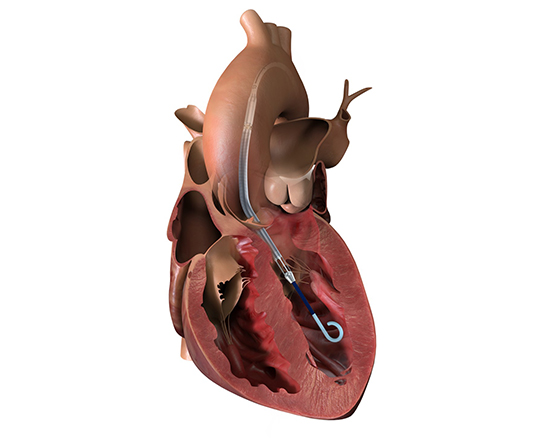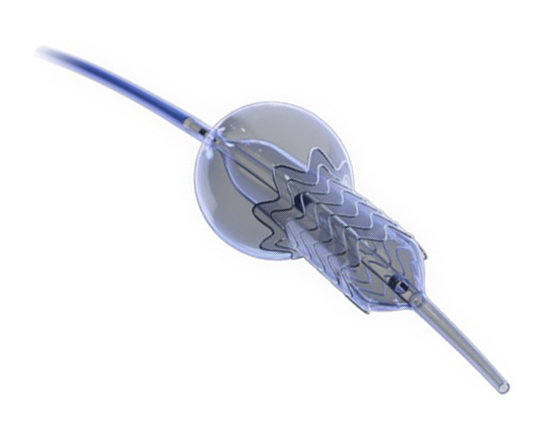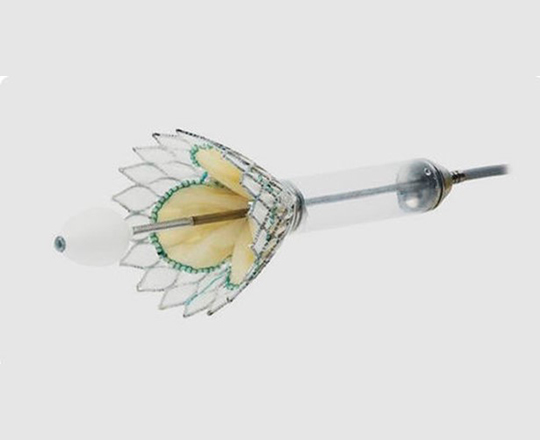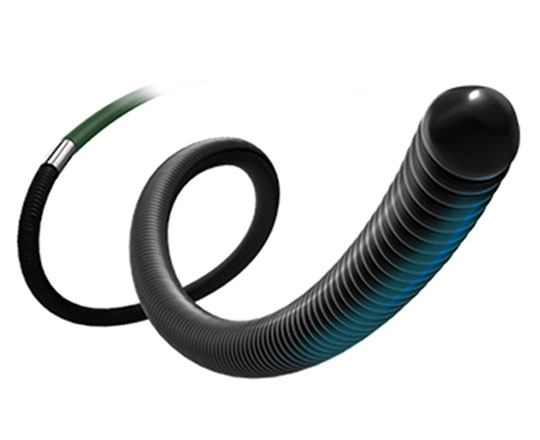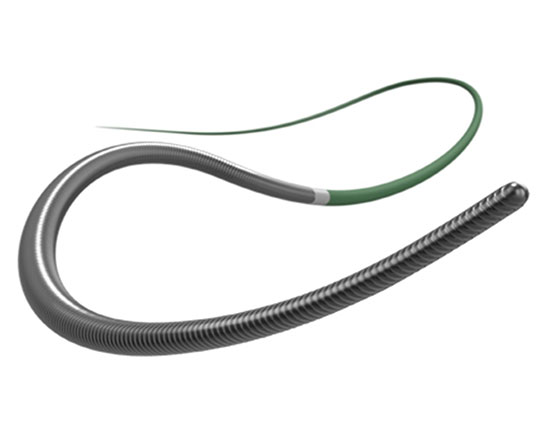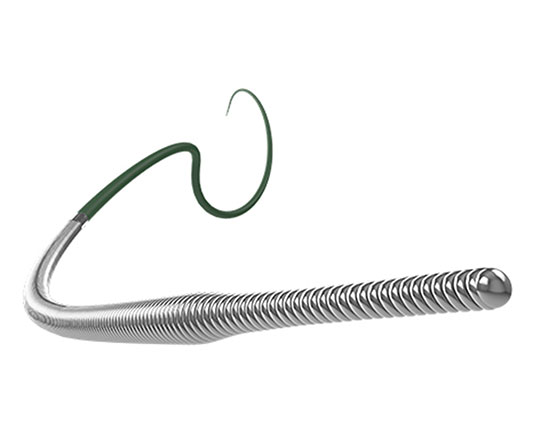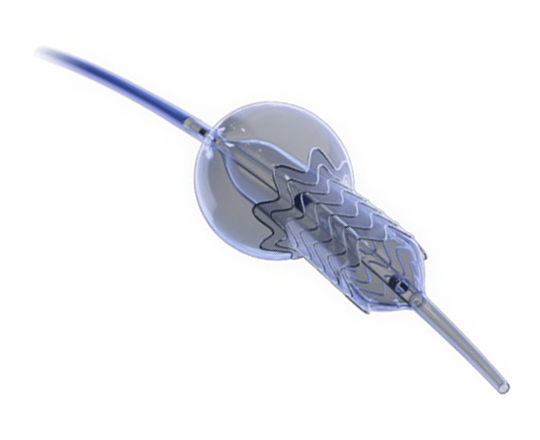
The Ostial Flash balloon (Cardinal Health, USA) has a dual-balloon design to conform to the coronary ostium during postdilatation of stents implanted in this area. We know how difficult it can be to implant a stent fully adapted to the ostium to provide good coverage of the proximal plaque, especially in aorto-ostial lesions, where there is almost always a proximal portion of the stent that protrudes from the orifice, with the difficulties that can arise in subsequent recatheterizations, as the catheter can distort the proximal part of the stent and may even pass through the lateral struts in the treatment of potential new lesions.
The balloon has 3 markers: the two most distal are on the distal and proximal ends of the implanted stent and the most proximal marker lies outside the stent, in the aorta. First, the distal balloon is inflated using the indeflator, then the proximal, compliant balloon is inflated at low pressure using a 1-cc syringe. In this way, the protruding area remains conformed to the aortic wall, avoiding future reaccess problems if required.
This is a very useful device for aortocoronary lesions of the native bed and aortocoronary grafts, as it ensures perfect stent positioning and apposition. It also comes in larger sizes for peripheral vessels. It is available in diameters of 3.0 to 4.5 mm and lengths of 8 and 12 mm.
Keywords: Aorto-ostial coronary lesions, stent postdilatation.


